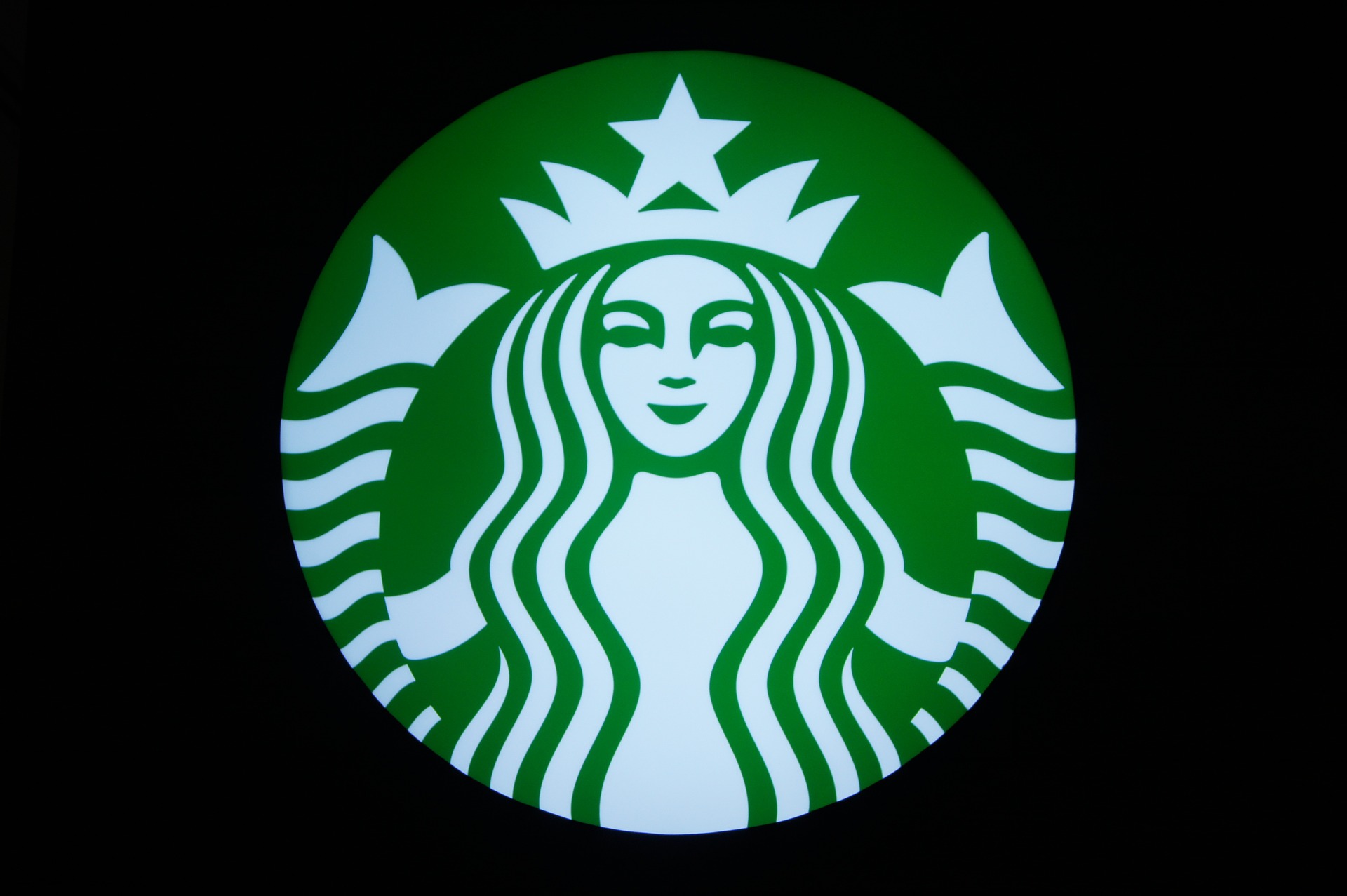In other articles we have explained what omnichannel marketing is, how it differs from multichannel marketing, what its advantages are and what a company that intends to set in motion an omnichannel strategy should do. Below we will see five examples of omnichannel strategy in companies that have improved their marketing based on this concept. What the five cases have in common is a brand philosophy change or evolution in regards to the foundation that holds everything together: the user’s purchase experience.
-Interesting post: Swagger and Swagger UI, What is it and Why is it a must for your APIs?-
BBVA
In the face of bad omens regarding the immediate future of physical offices, some financial institutions have been focusing on omnichannel strategies for a while now. BBVA, under the motto ‘BBVA Anywhere banking’ has been at the forefront of innovation for years. The company provides its clients with access to their expense manager in real time, payment via mobile phone and integrated online and phone customer support. When an operator is contacted, he has all of the client’s current information. Its social media department efficiently handles inquiries and claims.
Starbucks
Starbucks’ omnichannel strategy is exemplary. One of the American franchise’s pillars is the ‘Starbucks Card’, a customer loyalty card which can be used to pay any purchase made at their establishments, whether it involves coffee or accessories. There is nothing really novel in this regard. However, its added value lies in the fact that the card can be used as a wallet, and can be charged online, via mobile phone, via the customer support line, or at the store itself. Any modification to the user’s profile or to the card is reflected immediately on all other channels.
Walt Disney Parks and Resorts
The omnichannel experience offered by the line of Disney amusement parks ranges from small details, to that which is most important and visible. This includes a marketing, sales and communication strategy designed both for parents who only want information regarding a prospective visit to one of their parks, and for those who have already experienced them and want to leave their feedback.
Their website –on any device– makes it easy to plan not just the trip and accommodations, but also ride and event schedules. ‘My Disney Experience’ allows customers to obtain fast passes, find the desired attractions, or know beforehand the estimated waiting time to access each of them. In addition, the visitor is provided with an electronic device he can use to store the photos he takes, access his hotel room, or even order food or request other services at any time.
-Discover how to achieve the digital transformation of your company with WSO2’s experts-
Oasis
Oasis is another example of omnichannel marketing as applied by a retail company. This British company employs omnichannel strategies, offering a comprehensive experience to their customers in that their mobile application for smartphones, their website, their physical stores and their customer service all convey a coherent, fluid message. Entering their stores means learning that the best omnichannel strategy is the one you do not notice.
In case a customer wants, for example, a piece of clothing that he likes at the store, but for a size for which they have ran out, the employees themselves send it to his home on the spot by using a mobile application. They are quite active in social networks and in their Instagram account they have a link dubbed ‘like2buy’ which allows customers to generate a purchase order for the product they are seeing at that moment.
Leroy Merlin
Buying furniture may be more difficult than acquiring any other product, since the customer may see a product he liked at the physical store, or on the website, but once at home he notices it doesn’t fit with the other furniture. Leroy Merlin has implemented an omnichannel strategy that allows its sellers to interact with buyers and offer them, rather than products, solutions. The customer can interact with the seller without leaving his home, communicating with him using whichever channel he desires. In addition, customers receive training, learn bricolage, and by means of their requests and suggestions participate in the company’s business decision-making processes.
Without a doubt, these examples of omnichannel marketing are proof that this type of strategy can do a lot to improve the way our customers experience our brand. They make communication easy, but above all, they make buying easy. A properly applied omnichannel strategy can result in a significant change in your company’s sales. Contact us and discover it!








